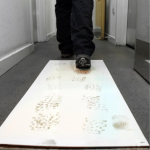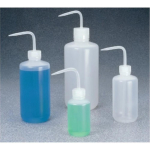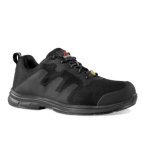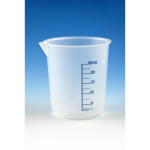Application
Laminin from Engelbreth-Holm-Swarm murine sarcoma basement membrane has been used in:insulin-producing cell (IPC) differentiation.Infection inhibition assays.Proliferation Assay.
Laminin supports growth and differentiation of many cell types including epithelial, endothelial, neural, muscle and liver cells. It is recommended for use as a cell culture substratum at 1-2 µg/cm2. The optimal concentration does depend on cell type as well as the application or research objectives.
Biochem/physiol Actions
Laminin proteins are integral components of structural scaffolding in animal tissues. They associate with type IV collagen via entactin and perlecan and bind to cell membranes through integrin receptors, dystroglycan glycoprotein complexes and Lutheran blood group glycoproteins. Laminin has active domains for collagen binding, cell adhesion, heparin binding, and neurite outgrowth fragment.
Caution
It is recommended to store this product in working aliquots at -20°C.
Components
Laminin is an extracellular matrix multidomain trimeric glycoprotein, and is the main non-collagenous component of basal lamina that supports adhesion, proliferation and differentiation. Laminin is composed of both A, B1 and B2 chains, which are connected by many disulfide bonds. This laminin product was isolated from mouse Engelbreth-Holm-Swarm tumor.
Preparation Note
This product is supplied at a concentration of 1 − 2 mg/mL in 50 mM Tris-HCl, with 150 mM NaCl. It is filtered using a 0.2µm filter. Thaw this solution slowly before use at 2-8°C to avoid gel formation. For use as a coating, dilute in a balanced salt solution, coat culture surface with a minimal volume and incubate at 37°C for two hours. Wash 3 times with PBS before plating cells. Laminin coatings can be stored for one month at 2-8°C.







